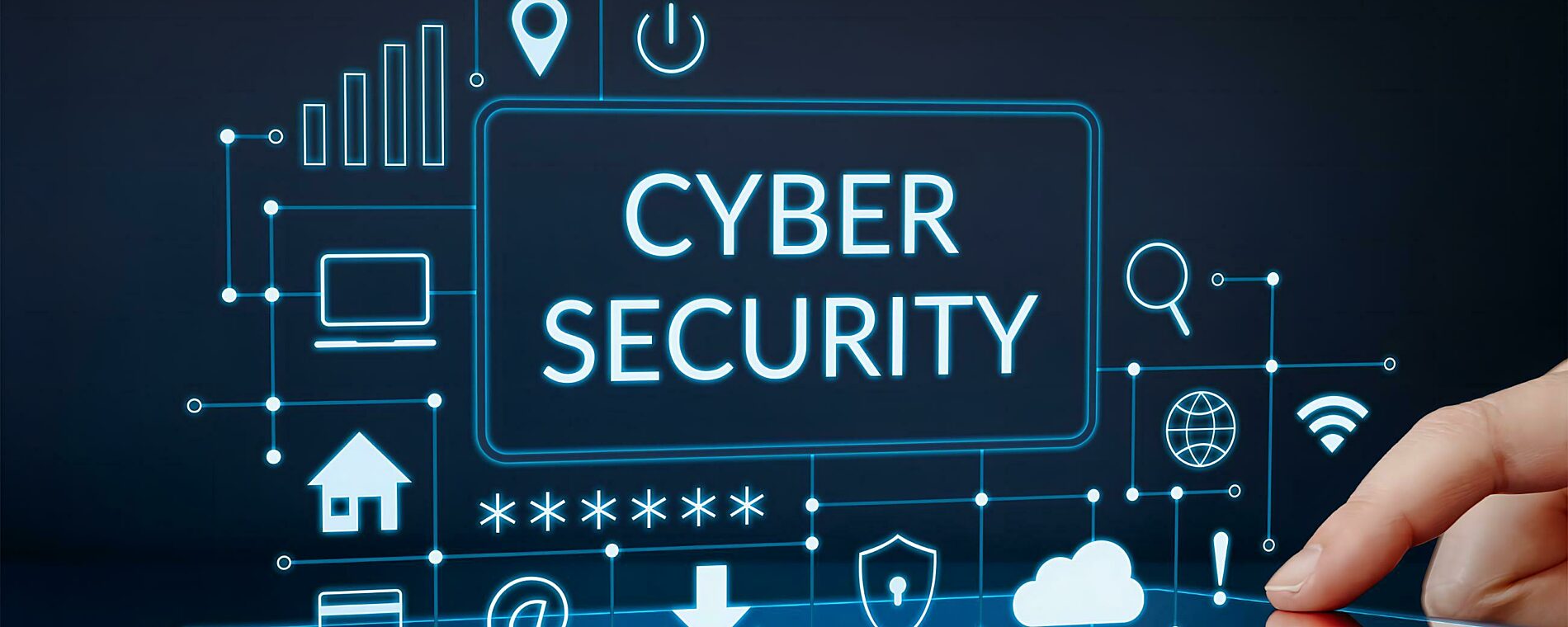This blog was updated in December 2023.
In the fast-evolving landscape of cybersecurity, one truth stands out: it’s not a one-size-fits-all strategy. Every business, big or small, grapples with its own set of challenges and vulnerabilities. While a universal solution might seem convenient, every company has its unique groove, and its cybersecurity should move to that same beat.
The following considerations affect how you should approach cybersecurity.
Cybersecurity for startups vs. enterprises
Startups often find themselves in the crosshairs of cyber-attacks due to their abundance and relatively weaker security measures. Shockingly, 1 in every 323 emails received by small and medium-sized businesses is a Business Email Compromise (BEC) type, often involving spear phishing links. For startups, cost-effective measures like multi-factor authentication and basic cyber awareness training can make a significant difference.
On the flip side, enterprises operate within a broader cybersecurity landscape that extends beyond the basics. Their board meetings often revolve around mitigating risks, protecting millions, and ensuring investor confidence. This is why specialized enterprise-level security planning becomes paramount for mitigating cyber threats effectively.
STARTUPS, YOU CAN LEARN MORE ABOUT THE IMPORTANCE OF CYBERSECURITY STRATEGIES IN SMALL BUSINESSES BELOW.
Industry prioritization
Attempting to eliminate all vulnerabilities is a costly endeavor that only some can afford. A more sustainable approach involves strategically prioritizing your risk management strategies based on the following factors:
- Industry your business operates within.
- The nature of your digital assets.
- Specific threats your business has faced.
Whether it’s complying with HIPAA for medical information or adhering to regulations in the insurance and banking sectors, cybersecurity strategies need to align with industry-specific requirements to invest in effective cybersecurity solutions.
Penetration testing
In an ideal world, every organization should embrace penetration testing early on. This proactive approach often involves employing white hats (ethical hackers) to identify and address vulnerabilities before they become complex issues.
Early testing simplifies the patching process and enhances the credibility of businesses seeking partnerships. Delaying such tests leads to more significant challenges, potentially requiring extensive system re-architecture.
Penetration test alternatives
For those unable to invest in penetration testing immediately, viable alternatives exist. Bug bounty programs and web application scans offer cost-effective solutions. These are methods that involve third-party testing, using dynamic application security tools to identify common vulnerabilities.
At a time when cyber awareness is at an all-time high, delaying cybersecurity measures may jeopardize business opportunities as clients increasingly demand assurance against potential cyber threats.
Get a full rundown on penetration tests in our podcast episode, “Unveiling Vulnerabilities: The Power Of Pen Testing In Cybersecurity”
Cybersecurity for remote work
The era of remote work, accelerated by the global pandemic, has become a permanent fixture in the work landscape. It requires a careful examination of how digital assets should be secured and networks protected within the online environment.
Remote work has increased the average cost of a data breach by USD 137,000. As you embrace the convenience of remote work, ensure that your cybersecurity measures evolve to match the new challenges it presents.
Cybersecurity for cloud computing
Cloud infrastructure has revolutionized the way we handle data, but it comes with its own set of challenges. The transfer of data in the cloud exposes organizations to cyber threats. In just a year, over a third of businesses have experienced a data breach in their cloud environment.
Three key challenges often emerge: data transfers, elevated privilege issues, and configuration vulnerabilities.
- Data transfers: The transfer of data within cloud environments creates a digital highway that cybercriminals are eager to exploit. Businesses must prioritize the encryption of data in transit to prevent unauthorized access. Adopting secure data transfer practices and protocols significantly reduces the risk of data interception, maintaining the confidentiality and integrity of sensitive information.
- Elevated privilege issues: Improperly configured access permissions can lead to unauthorized individuals gaining elevated privileges within the cloud environment. This not only compromises data integrity but also exposes organizations to the risk of malicious activities. Businesses should adopt the principle of least privilege, ensuring that users have only the minimum level of access necessary for their roles.
- Configuration vulnerabilities: Misconfigurations, often arising from oversight or lack of expertise, create vulnerabilities that cybercriminals exploit. Regularly auditing and validating configurations ensure that security settings align with best practices and industry standards. Automated tools can assist in identifying and rectifying misconfigurations promptly, reducing the window of opportunity for potential attackers.
A comprehensive approach to cloud security is crucial in safeguarding digital assets.
Cybersecurity for SaaS
Software as a Service (SaaS) has become integral to operations, but managing numerous applications across departments introduces complexities. The top three security concerns when adopting SaaS were identified as access control issues, 3rd party application access and their level of permissions, and data loss issues. Understanding the software landscape within your company is necessary for maintaining cybersecurity expectations.
It’s best to create a comprehensive list of the SaaS tools your company uses to identify potential vulnerabilities, saving time and mitigating risks in the long run.
In conclusion, embracing a tailored cybersecurity approach is the key to effectively mitigating the diverse threats faced by businesses today. From startups to enterprises, industry-specific prioritization, proactive testing, and adapting to remote work and evolving technologies—all contribute to a robust cybersecurity strategy. Remember, in the dynamic world of cybersecurity, one size never fits all. Stay secure, stay vigilant!
Sources:
https://www.comparitech.com/blog/vpn-privacy/phishing-statistics-facts/
https://www.dbxuk.com/statistics/cyber-security-risks-wfh
https://www.thalesgroup.com/en/worldwide/security/press_release/cloud-assets-biggest-targets-cyberattacks-data-breaches-increase#:~:text=This%20year’s%20study%20found%20that,55%25)%20of%20those%20surveyed.


